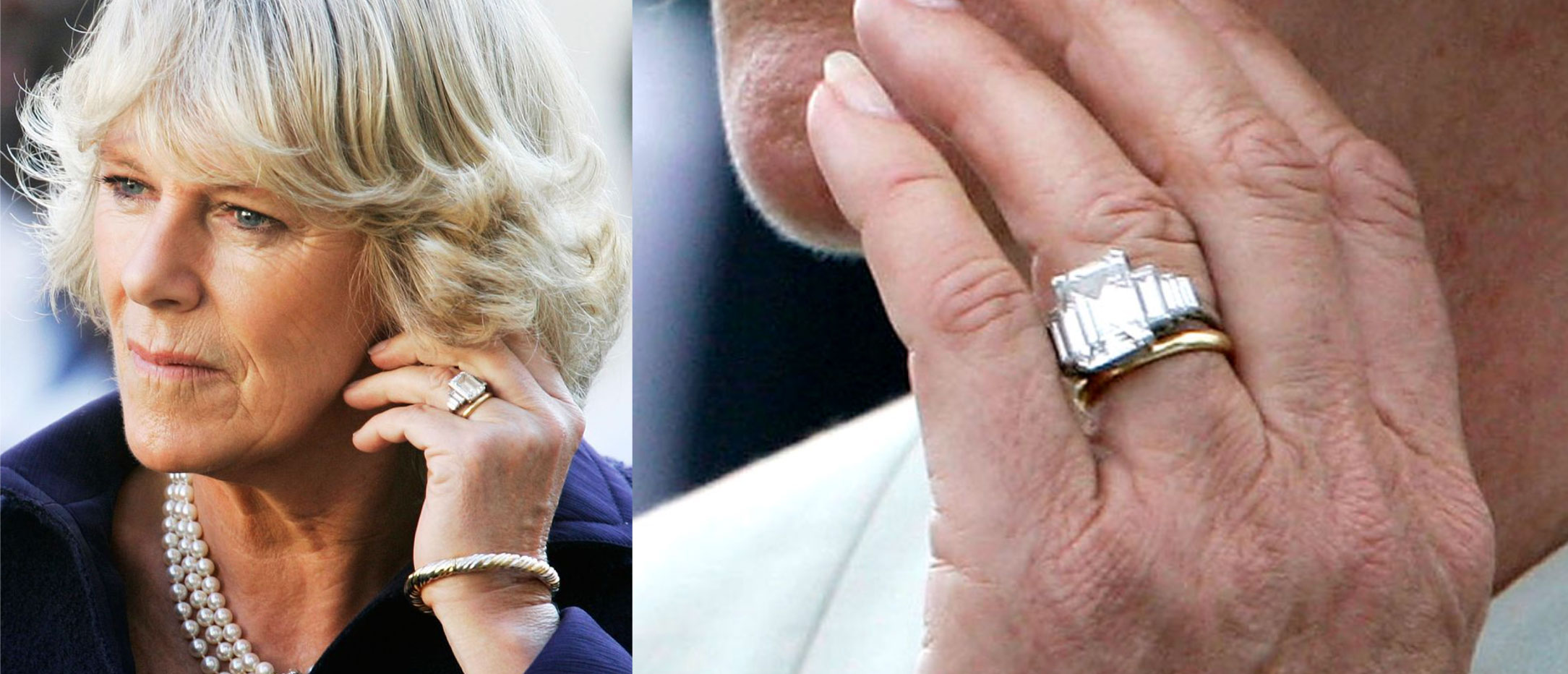
Engagement rings like those crafted by Lily Arkwright have long been symbols of love, commitment, and status, serving as a beautiful token of a couple’s promise to one another. Within the storied legacy of German royal families, these rings often represent not just personal bonds but also the intricate histories and alliances that shaped Europe. This article delves into some of the most memorable engagement rings of German royal families, highlighting their exquisite designs and the stories behind them.
One of the most iconic engagement rings associated with German royalty is the ring given to Princess Victoria of Schleswig-Holstein by her fiancé, Prince Louis of Battenberg. This stunning piece featured a large diamond at its center, surrounded by smaller diamonds set in a floral design. The choice of diamonds was particularly significant as they symbolized purity and everlasting love, qualities that were highly valued in royal engagements. The ring not only signified their union but also reflected the shared values of the families involved, as both belonged to the broader network of European nobility.
Another notable engagement ring is that of Queen Victoria of the United Kingdom, which has German roots through her marriage to Prince Albert of Saxe-Coburg and Gotha. The ring, designed with an intricate gold band and adorned with a cluster of diamonds, was a reflection of Albert’s deep affection for Victoria. This ring was later passed down to their daughter, Princess Alice, who became the Grand Duchess of Hesse. The history behind this ring is a testament to the familial connections that often dictated marriage alliances among royal families, and its continued presence in subsequent generations underscores its sentimental value.
Moving to more contemporary times, the engagement ring of Princess Marie-Astrid of Luxembourg, who hails from the House of Nassau, is another striking example. Her ring features a magnificent oval-cut diamond, surrounded by a halo of smaller diamonds, set in white gold. The design reflects modern elegance while still honoring the traditions of royal engagements. Marie-Astrid’s choice exemplifies how engagement rings continue to evolve, merging classic beauty with contemporary aesthetics. This ring not only signifies her engagement to Archduke Carl Christian of Austria but also encapsulates the enduring allure of royal traditions in today’s world.
Additionally, the engagement ring of Crown Princess Sophie of Greece and Denmark, born Sophie of Prussia, stands out due to its historical significance and design. The ring, crafted from gold and featuring an impressive cushion-cut diamond, was a symbol of the rich heritage she brought into her marriage. Sophie’s ring is notable for its simplicity, which contrasts with the ornate styles often associated with royal jewelry. This reflects a shift in royal engagements, where personal choice began to take precedence over traditional expectations.
The engagement rings of German royal families not only showcase stunning craftsmanship but also weave narratives that intertwine personal love stories with the larger tapestry of European history. Each ring carries with it a legacy, representing not only the bond between two individuals but also the political and social landscapes of their time. From intricate floral designs to minimalist elegance, these pieces serve as enduring reminders of the love, sacrifice, and commitment that define royal unions.
In conclusion, the most memorable engagement rings of German royal families encapsulate both personal significance and historical context. They are not merely pieces of jewelry but rather artifacts that tell stories of love, alliance, and the ever-evolving nature of royal traditions. Each ring is a reflection of the era it comes from, showcasing the unique tastes and values of the individuals who wore them. As time continues to pass, these rings remain timeless symbols of enduring love and commitment, forever etched in the annals of history.


